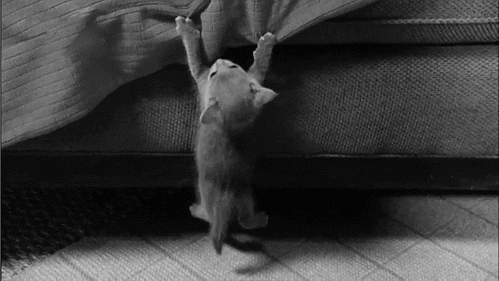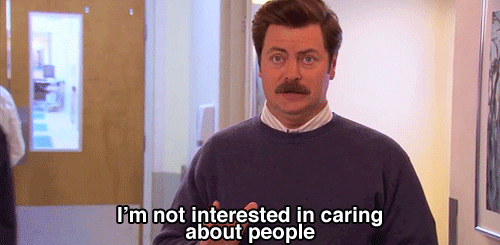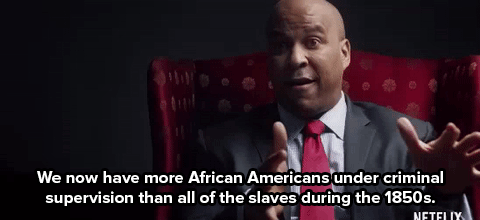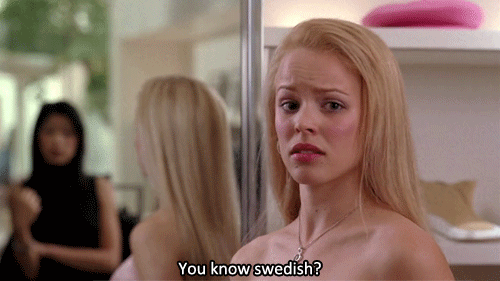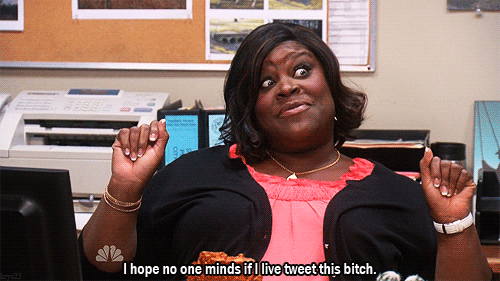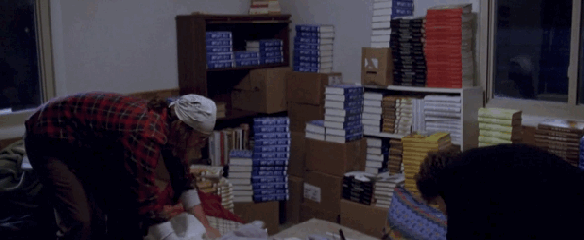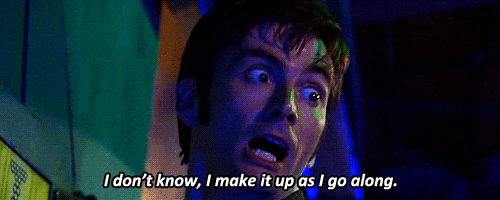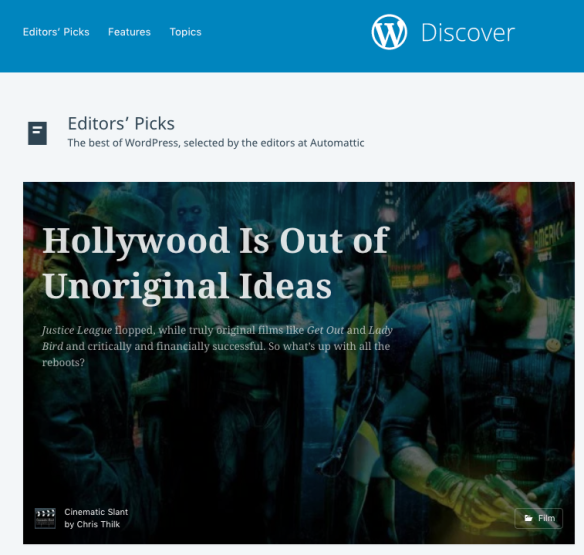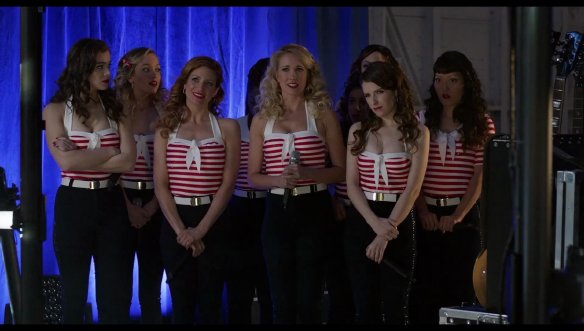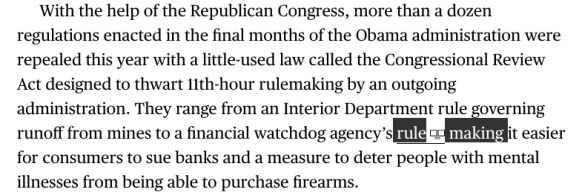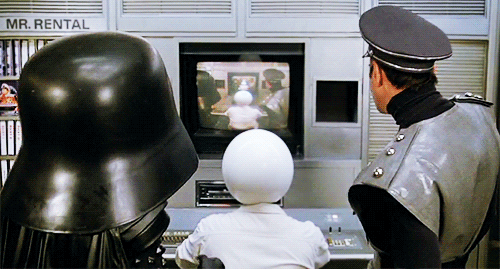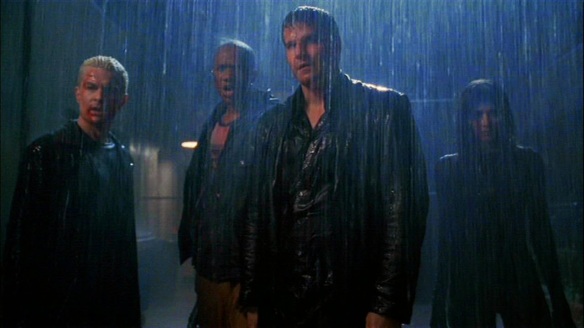After I wrote a while ago about how I used an editorial calendar to manage my personal publishing schedule I had a few requests to share it. I’ve hesitated to do so because it felt like I might be giving something away. Finally, I’ve realized that there’s nothing there that isn’t based on common sense and it actually has the advantage of helping to show off my thinking around managing a content marketing program.
When I’ve shown this to people in the past I’ve had to fight the tendency to expound on the format for hours. I get very passionate talking about it, eager to explain the details I’ve added to it.
So that’s exactly what I’m going to do. You can view the editorial calendar template I’ve been working with for the last several years here.
There were three big pieces of thinking that went into the creation of this calendar:
First, social media is lousy at taxonomies. In WordPress and other blog platforms you can easily go into the admin screen and sort by categories, search tags and so on to get an idea of what you’ve published. You can’t do that on Twitter or other social networks. Some CMS tools might allow for it, but those are hit-and-miss. Lacking native functionality along these lines, you have to build the framework for that taxonomy yourself.
Second, the lack of taxonomy means there’s valuable data that’s unavailable to your reporting. SimplyMeasured and other tools are great at giving you big-picture data, but what if you want to see how many posts you published on a particular topic or other factor? You may have to still do some grunt work manually pulling data, but you’ll at least know where to look when you can sort the spreadsheet at the end of the month and get some insights.
Finally, while many CMS tools contain some form of native editorial calendar feature, I’ve never been a fan. In some cases the functionality or format just doesn’t appeal to me. Mostly, though, I fundamentally believe planning should be completely separate from publishing. The only time I want anyone anywhere near the “PUBLISH” button is after content has already been approved. That reduces the risk of something still in need of editing being erroneously posted, which can cause a lot of problems. Basically, it’s one more intentional step that needs to be taken that allows for a moment’s pause.
So now let me explain what’s going on in that template, column by column.
Date/Time
This is self-explanatory, showing when the post in question is being scheduled for. You’ll notice that this template uses 15 minute increments, a result of the original use of this being on a program that needed that level of publishing. Not that we were publishing to the same platform once every 15 minutes all day, but between the nearly two dozen platforms we managed for this program, the calendar got pretty full.
Platform
Where is that post going? I’ve included a few of the most common platforms here, each color-coded so they pop easily when reviewing the ed cal. If you’re managing multiple profiles on a single platform (e.g. more than one Facebook page) you can get more specific in your labeling.
Messaging
This is where the magic happens. The ed cal is designed to be where planning, drafting and approvals takes place (NEVER in the CMS directly). So drafting is done in this box for each bit of content for later review.
Hashtag
If you’re running a hashtag-based campaign or need to designate a specific one for usage, it can be dropped in here. That can be done by either the editor/manager who’s overseeing the program or the staff drafting the content. While there can certainly be multiple hashtags for a single post, this is meant for the “core” one, the one that’s most important.
Shortlink
Content marketing programs frequently use bitly or another shortening service for links to aid in reporting. That can be dropped in here primarily so that if you ever need to go back to an old post and see how that link performed, it’s readily accessible.
Status
Here’s where it starts getting interesting. How I arranged this is that when a staff person had finished drafting content that was ready for me to review they would add “PENDING” to this column, which would automatically turn the cell red. That quickly indicated to me what I was supposed to be looking at and stopped anyone else in the ed cal from queuing that post for publishing. When I had reviewed, edited and approved the post I dropped “APP” here, which turned the cell green, indicating it was literally a GO for publishing. After who ever was responsible for publishing put it in the CMS and scheduled it they put “PUB” along with their initials there.
All this is an additional accountability tool that makes sure only reviewed, edited and approved content was being published. It needed to go through at least three different steps – by at least two if not three different people – between the time it was drafted and queued.
Geo
If you’re running a global campaign and targeting certain content to specific territories, you can drop that information here.
Source
The first drop-down menu in the calendar, this is meant to show where you’re sending your social traffic.
- Site – Any owned website, including a blog.
- Off-Domain – Generally meant to include media website or page. This can be applied as broadly as you like.
- YouTube – Because YouTube is an important part of content hosting and distribution I broke it out here.
- Social – Basically you’re linking to another managed social profile, doing some cross-promotion for one reason or another.
Off-Domain?
The intention here is to drop the name of the publication or site you’re linking off-domain to. So put “Chicago Tribune,” “Variety” or whatever else here.
Category
A better name for this might be “Business Unit.” If your program collects content from a variety of different divisions and branches, specifying which one that post is related to can be very useful when evaluating how much of the program is devoted to that division.
Post Type
I always explained this column by saying it was meant to answer the question “What information are we trying to share or action do we want the audience to take?”
- Engagement – The expectation is that there’s nothing to click or other action to take, it’s just meant to encourage engagement such as Like, Share and so on. There’s usually no link in these posts.
- Interview – The link is to an interview with someone from or related to the company.
- News – The link is to a news item about the company in some manner.
- Sales – The link is to a conversion page, whether that’s an actual sale. The expectation is that dollars are being spent after someone clicks.
- Enter – Same idea, but the link is to an email signup, sweeps entry or other non-monetary conversion.
Campaign
If the post is part of a larger campaign, that can be designated here. Not every post will be part of a campaign like that, so don’t expect every cell to be filled out here. Think of a major initiative like “Widget X Launch.”
Topic
Every post should have information here, though. This is what the post is about. Where the Campaign is big-picture, this is more granular. So if the Campaign is “Widget X Launch” this might be “Lead Engineer interview.”
Audience
Ideally, you’ve done some audience research to the extent that you know what kind of people you’re reaching on each platform. This will allow you to clearly mark which segment of the audience you’re reaching by publishing about X topic on Y profile. This column is informed by the “Audience Category Matrix” tab of the spreadsheet, which is where you define that intersection of interests and outlet.
Paid Social
A simple X or other mark here will let you track which posts should or have been promoted through ads on that network.
Phew
Questions? Comments?
Again, I know there’s a lot here, probably more than most people really need. What I’ve found over years of using this is that it’s customizable to your needs. You can add whatever other platforms you like and as many business divisions as are necessary. You can delete columns that aren’t needed and collapse the times to just be hourly or whatever. Fiddle with it as you see fit.
The template hasn’t broken for me yet, though. It’s bent plenty, but whenever I’m creating a new ed cal I go back to this and then customize as is appropriate. If it works for you as well, that’s great.
Chris Thilk is a freelance writer and content strategist who lives in the Chicago suburbs.
Like this:
Like Loading...

